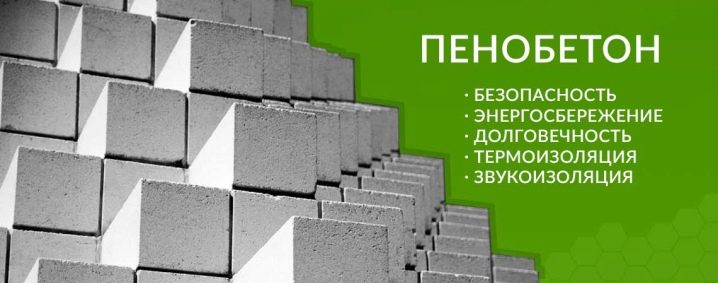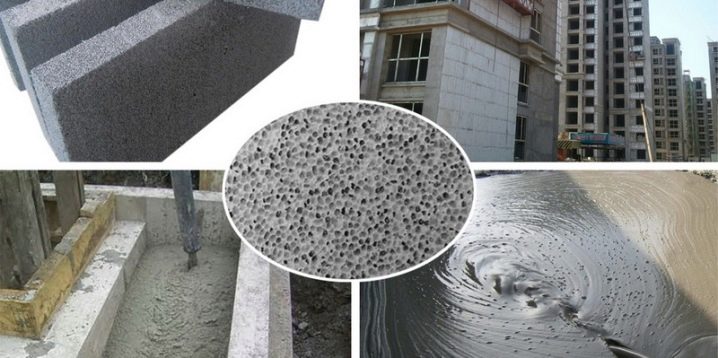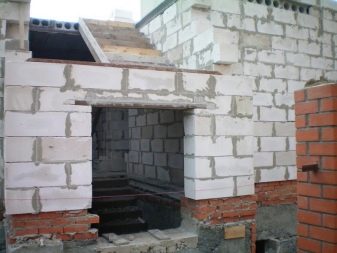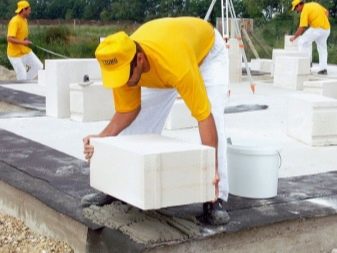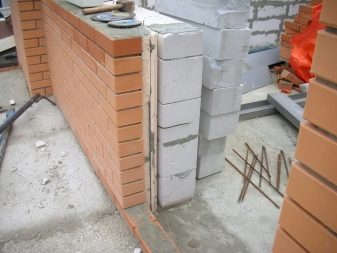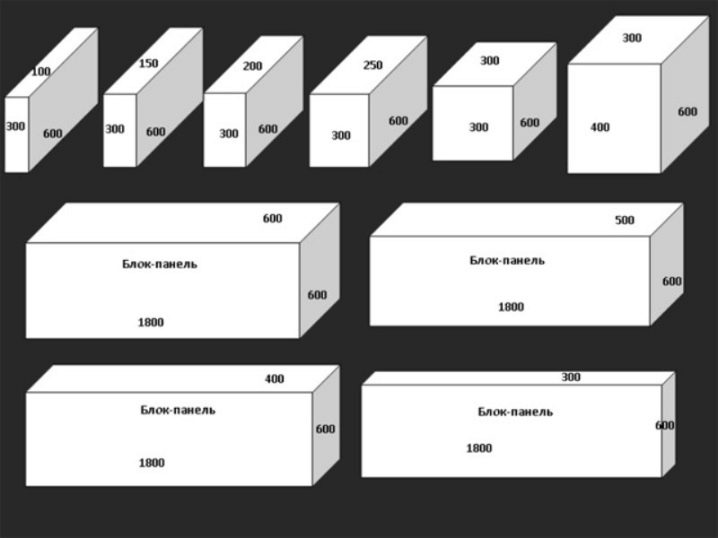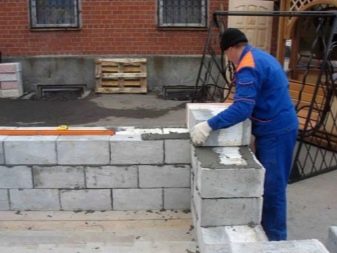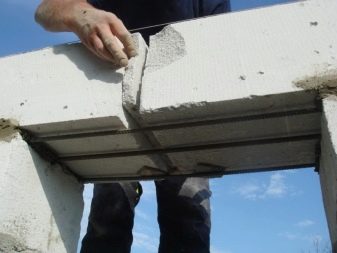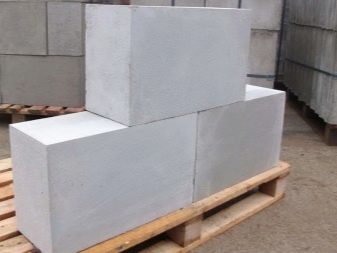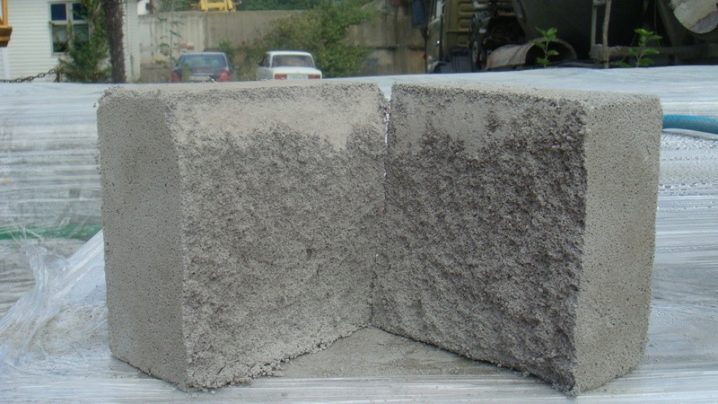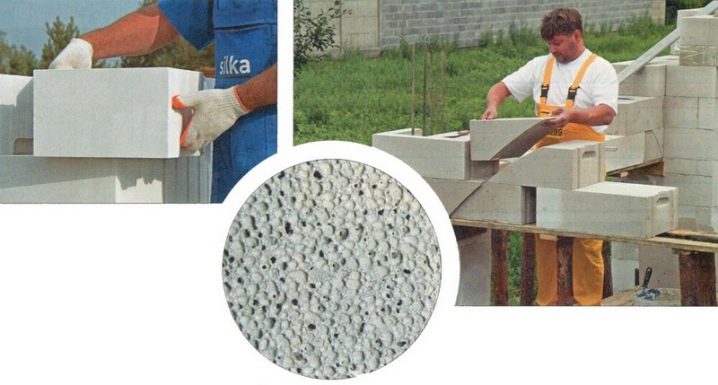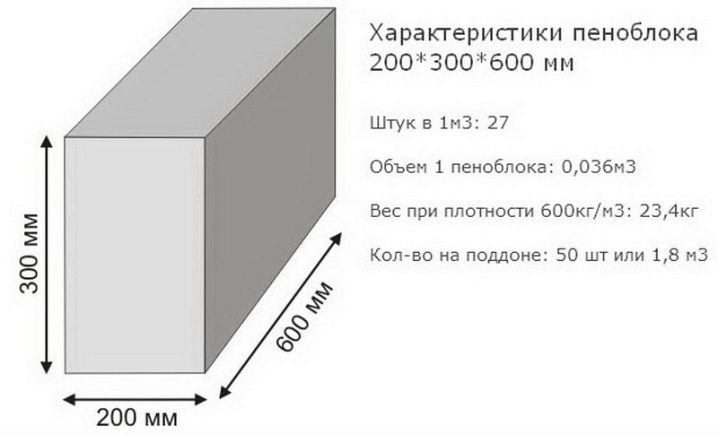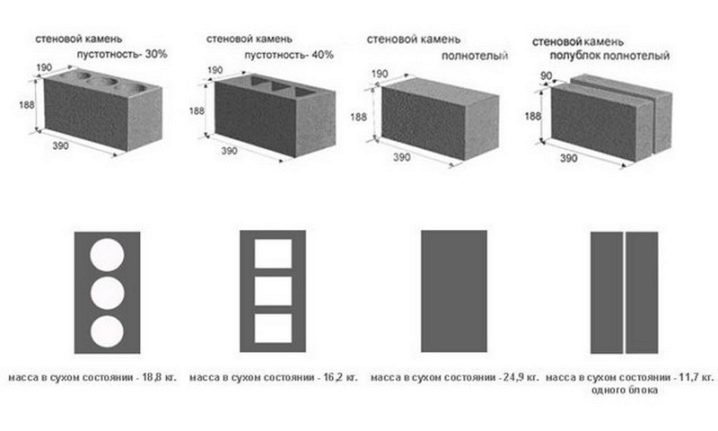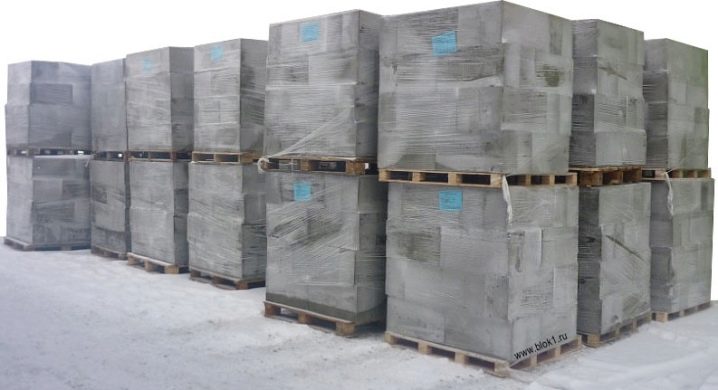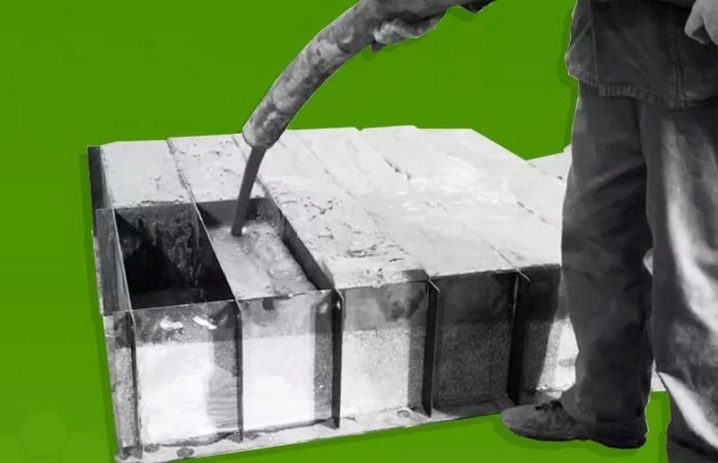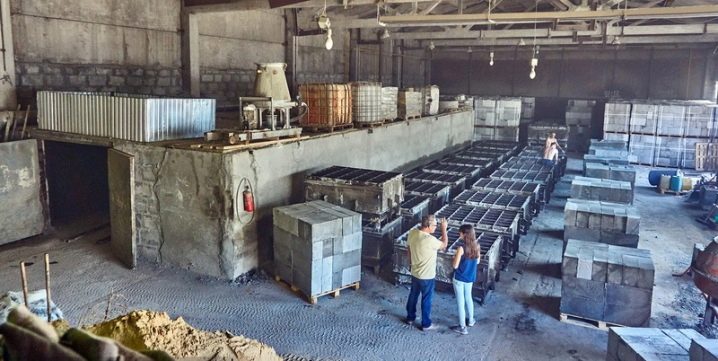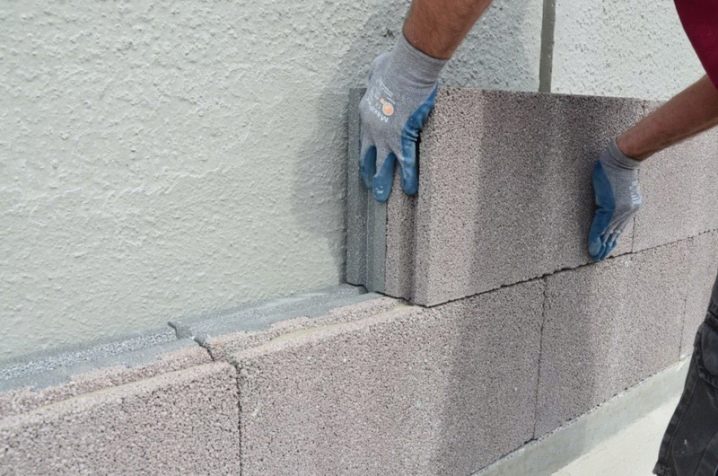Calculation of the weight of the foam block
Foam concrete is a reliable modern material used in residential construction for quite some time. It is light and strong, it is mounted very quickly. But it is important to assess the severity of the structures in order not to buy unsuitable blocks.
Sizes of products
The most popular size of foam blocks is 600x300x200. It is used to build internal bearing walls. To build the same bearing walls, but already outside, it is required from structures 600x400x200. The partitions separating the rooms should be made of blocks 600x300x100 mm, but only in the case when the slightest load will be excluded. Products with dimensions of 600x250x100 allow to increase the height of residential buildings, measured in floors, without additional strengthening of the foundation.
More foam blocks 100x250x600 need to:
- reconstruct old houses;
- lay out interior and load bearing walls;
- make overlap between floors;
- create chambers for freezing and heat treatment of products.
Block elements 600x250x75 are also suitable for the formation of interior partitions. Returning to the products 100x300x600, it should be noted that they have an optimal balance between strength, weight and heat saving.
You can also order (with the number of pieces) foam concrete in other formats:
- 600x250x200;
- 600x250x50;
- 600x300x250.
What does weight affect?
Weight, or rather, the density of foam concrete, directly affects its market value. The lighter the material, the cheaper it is sold. In addition, transportation costs directly depend on the severity of the building material. Some blocks can be lifted and mounted manually, while others cannot be put in place without the use of technology. Naturally, all this is reflected in the timing and cost of work, on the overall complexity of construction manipulations.
But there is another exceptionally important circumstance. Differences in the density of foam concrete determine the area of its use. Thus, products of groups 300, 400 and 500 are suitable only for thermal insulation. Even the smallest load is bad for them.Format D600-D900 combines structural and thermal insulation characteristics.
Such elements will withstand a certain mechanical effect and retain heat well. It is recommended to use them to build a house in the 1-2 floors. For central Russia, such blocks are suitable without an auxiliary insulation layer. The D1000-D2100 foam block belongs to construction group. All such elements are in demand mainly in the construction of apartment buildings, they necessarily need enhanced thermal protection.
There is one more circumstance. Some manufacturers for the sake of cost reduction violates the standard recipe. The composition of the foam and add crushed stone fines, and crushed brick. As a result, the thermal characteristics of the material deteriorate, and its strength suffers. But no disguise in appearance will allow the buyer to be misled, if he knows exactly what the mass of the standard block should be.
High-quality foam concrete block - a subspecies of cellular concrete. Its structure should be porous, formed by air fragments distributed evenly. The technological process is organized by non-autoclaving method.
The composition of the perfect product should include:
- sand (river, well washed, or extracted from the quarry);
- foam forming agent;
- cement M400 or higher grade;
- clean technical water.
It is necessary that the dry composition of sand and cement be prepared first. Then it is mixed with water in exact proportion. And only in the last turn add the components forming foam. According to the standard density, it is possible to judge whether there are many air pores in the material. And also this indicator says what are the relative shares of the sand and cement mass.
How to calculate?
The standard specific weight of 1 m3 of foam concrete can be determined by the category to which it belongs. So, if the material is classified as D400, the mass is 1 cu. m. will be 436 kg. For the most massive category D600, the spread will be from 450 to 900 kg. Foam concrete group D1000 should weigh an average of 1100 kg. But all these figures are achieved only with the strict implementation of existing standards.
In reality, even when standards are strictly followed, there is a fairly large variation in values. To calculate the weight of a single foam concrete block, special measuring devices help. But not on every construction site they are.And therefore it is necessary, first of all, to make a start from the category of density.
This density is determined by how much per 1 cu. m. accounted for:
- sand;
- water;
- cement.
The calculation of the volumetric weight of the cube of foam block in kg in the first approximation is carried out simply by the density (in this case, humidity is deliberately neglected). The essence is simple - the multiplication of volume by density. But in practice, humidity is much more important than it seems. As the water is absorbed, the total mass of the block increases noticeably, sometimes by 1/5. The volume itself is predictably calculated by multiplying the length by the height and width.
Let it be necessary to find out how much the block weighs with the conditional density of D600, whose dimensions are 600x200x300. The total volume of this design is equal to 0.036 cu. m. As follows from the marking, 1 m3 of foam concrete has a mass of 0.6 tons. Therefore, the weight of the block will be 21 kg 600 g. But there is another nuance.
At 1 cu. m. volume accounted for 27.8 pcs. foam blocks with dimensions of 20x30x60 cm. If you take blocks of 10x30x60 cm, a little more than 55 products will fit in the same volume. Knowing the mass of 1 unit of production, one can calculate what the gravity of the pallet or pallet loaded with foam concrete will be. The problem is that all these calculations do not take into account the sorption moisture. And here come the provisions of GOST 25485-89.According to them, the level of sorption moisture in foam concrete can reach 8–15% (when creating a material based on sand).
If ash is used as a filler, the foam material can absorb an additional 12-22% of water. The exact rate is determined by its initial humidity. Let the sorption moisture correspond to the lowest rate (8%). In this case, for a product of 600x200x300 mm, it will give an additive by weight in 1728. Conclusion: the total mass of the foam block will be not less than 23,328 kg.
If we proceed from the maximum possible level of sorption humidity, the total mass will reach 26.352 kg. In order not to carry out calculations on your own, you need to consult with the manufacturer. In this case, it is worthwhile to carefully examine all the official certificates. After all, the latest production technologies and differences in humidity levels can greatly affect the final result. The mass of blocks is 600x300x200 mm more than that of a brick.
But due to the reduced density and reduction in the amount of cement for masonry, the overall pressure on the foundation is reduced. It is equally important for the wall and partition wall unit. But the scope significantly affects the weight characteristics of foam blocks.Thus, thermal insulation designs D300-D500 have a mass of 12-19 kg. And the structural elements D600-D900 have the smallest gravity 23, the greatest 36 kg.
The heaviest building parts of the size 600x300x200 weigh 40-47 kg. The average mass of the partition products is 21 kg. It should be borne in mind that, according to the Russian GOST, it is categorically unacceptable to produce foam blocks longer than 0.6 m. Thermal insulating foam blocks of wall execution have a mass of 11.6-19.5 kg. If we consider the option of a partition wall insulation product of 10x30x60 cm, its weight is record low - only from 5.8 to 9.7 kg.
Let's look at another version of the calculation. Suppose there is a foam concrete element of category D400 with dimensions of 20x30x60 cm. Its total volume is exactly 0.036 cubic meters. m. Accordingly, the mass of the concrete structure will be 14.4 kg. This, of course, again "dry weight". Introducing an amendment to the water absorbed, it is possible to obtain more objective figures - 15.55 and 16.6 kg.
Correcting for water is also necessary for the most heavy porous concretes. For categories D1000-D1200 dry weight is 47 kg. When saturated with liquid from the air, it grows to 50 kg. It seems to be a little bit, but if you need to transport dozens of blocks, even for a truck, the difference is no longer indifferent.
IMPORTANT.The so-called reinforced foam blocks, which supposedly correspond to higher strength categories than follows from the masses, are in reality just a publicity stunt.
On how to calculate the weight of the foam block, see the following video.
